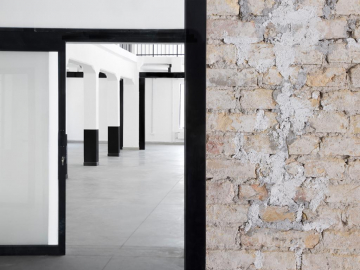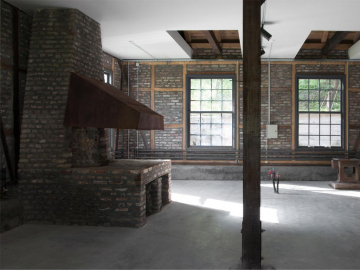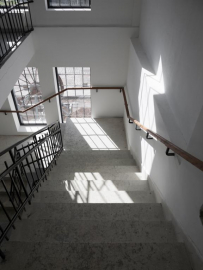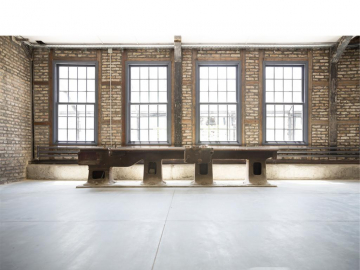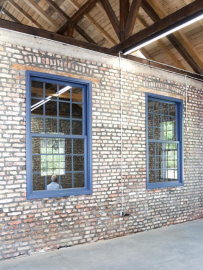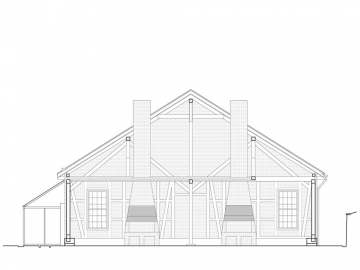Regional Centre of Industrial Heritage
Regional Centre of Industrial Heritage
Museum of Coal Mining
Senjski Rudnik - Town of Miners
It is located 150 km south-east of Belgrade, in the natural landscape of low-populated area, significant for its natural beauty and medieval cultural heritage.
The settlement has only about 350 residents and all families live out of working in the coal mine, which has been exploited at a depth of about 300 meters. Nevertheless, since the coal reserves are not sufficient any more and the coal mine will be shut down soon, this project, supported by the Delegation of the European Union to the Republic of Serbia, represents the potential path towards a new future of this small community, within the realm of tourism - manufacturing and services.
Design and reutilization of the building complex into a specific open-museum site, aims to establish lasting image of this authentic space of the oldest industrial complex in Serbia.
Intervention on the ground floor revives the images of production processes that ensured the coal distribution: industrial rails, station and waggons. Existing buildings will be reconstructed to have an authentic initial appearance, while ruined parts of the complex are being complemented by contemporary interpreting their initial forms and using materials such as glass and steel.
Interior design brings back the authentic ambient of the working space with carefully selected objects that illustrate the atmosphere of everyday life in the mine.
Reconstruction and reutilization demanded interventions on two levels:
1. Bringing back authentic heritage elements in form and materialization
2. Interpretation of the heritage through introduction elements of contemporary design to support new museum aspect, applying archaeologically neutral materials.
The Museum of Coal Mining with its three renovated and expanded facilities, as well as the immediate working surrounding of the coal mine, represent only the first phase of the restoration area of the Senjski rudnik coal mine - "the city of miners." Ending the operation of the coal mine will create conditions that allow tourists to visit selected parts of the coal mine underground, as well as to use the elevator which daily transports the miners. These features will gradually widen the tourist offer, serviced by the former miners and their entrepreneurial successors.
Recent candidacy of this area for the UNESCO list of industrial heritage and the entrance to the European mining roads map, will certainly strengthen the economic base and the development potential of the local community.
size of the site 6.500 m²
size of the buildings 830 m² + 560 m² + 30 m²

